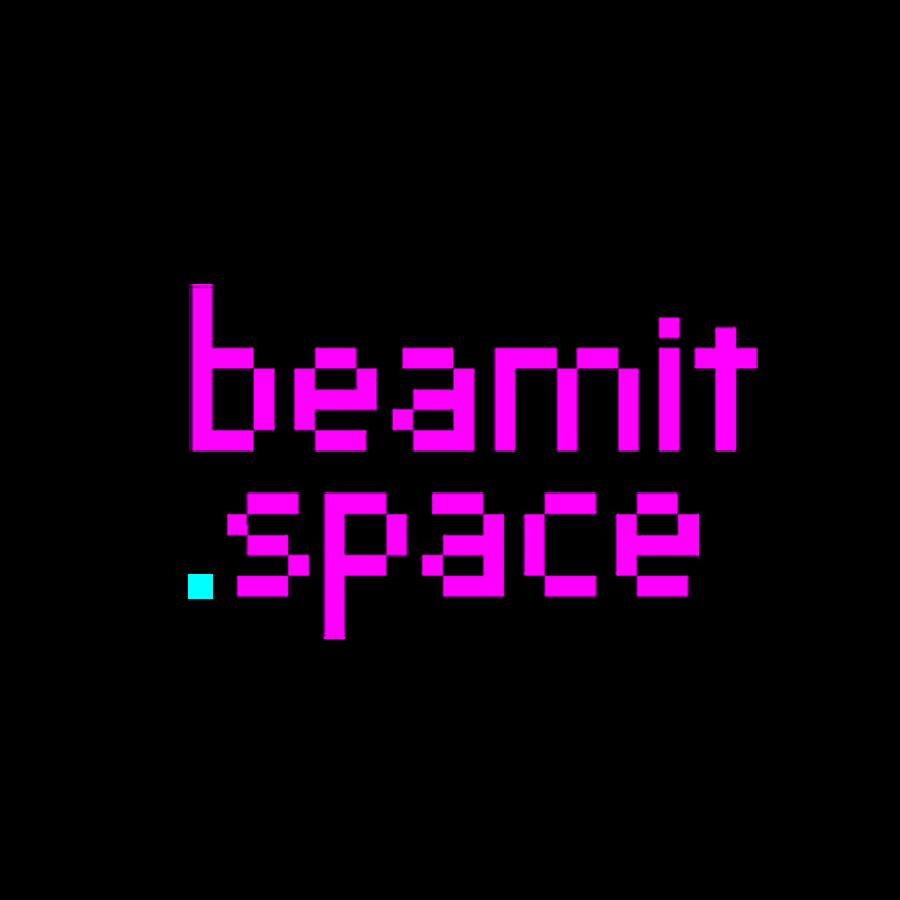Audio Presented by

BeamitAI generates metaverse-ready 3D avatars from NFTs, Ordinals & real images. Texts by CEO & cofounder Thomas Heindl.
Story's Credibility

About Author
BeamitAI generates metaverse-ready 3D avatars from NFTs, Ordinals & real images. Texts by CEO & cofounder Thomas Heindl.